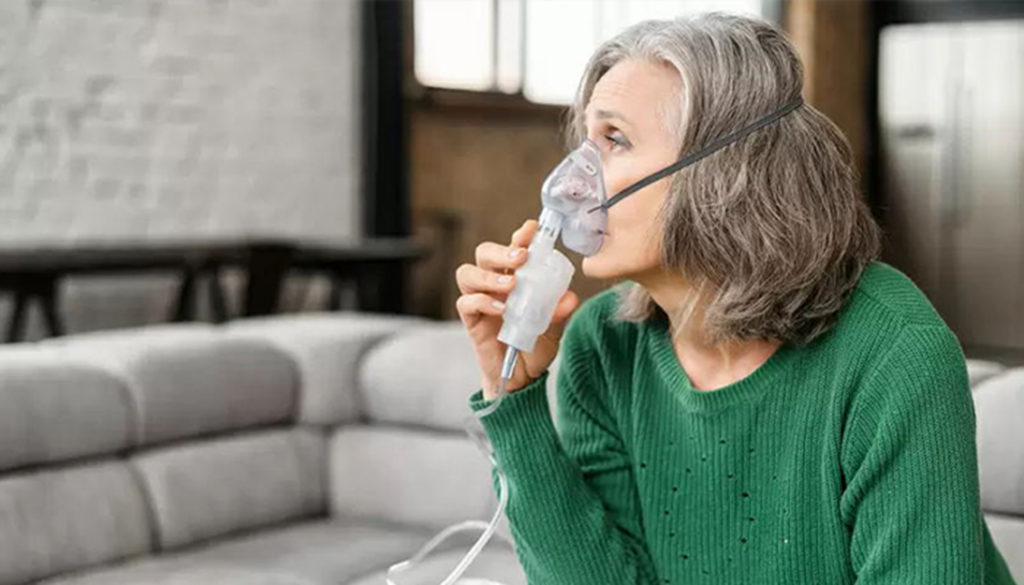
If you’re dealing with conditions like asthma, lung cancer, COPD, flu, or even COVID-19, an oxygen concentrator could be a game-changer for you. Let’s explore how this medical device works and why it’s essential to use it under proper guidance.
Before buying or using an oxygen concentrator, you need to get the OK from your doctor. Using them without guidance or a prescription can be dangerous. If the doctor thinks a concentrator might be right for you, they’ll tell you how much oxygen to take and how long to use the device.
Working of Oxygen
An oxygen center is not the same thing as an oxygen tank, which supplies liquid or gaseous oxygen. Instead, a concentrator is a machine that draws in the air around you and filters out the nitrogen.
A thin tube runs from the device to your face, delivering purified oxygen through two open ears under your nostrils. Some people use a face mask to achieve greater concentration and flow of oxygen.
There are two types of concentrators: a larger model that you can use at home, and a lighter, portable model that you can use on the go.
Home Use Guidelines
Your doctor may prescribe this for you if you need continuous oxygen at home or while you sleep. It runs on electricity, so you need to keep it plugged in all the time for it to work properly. (If you think this increases your electricity bill, you can tell your power company that you’re running medical equipment and ask if they can give you a discount.)
Take after the device information on how to utilize and keep up with it.
The doctor will tell you what level to set the oxygen flow rate — that’s the number of liters per minute. Do not change the rate recommended by your doctor unless they tell you to.
These adjustments can help make them work better for you:
Add a humidifier. If the extra oxygen you get dries out your nose, you can attach a humidifier bottle to the unit. You fill it with distilled water, and it humidifies the oxygen you breathe.
Lengthen the tubes. You can extend the tube from the machine to your nose up to 50 feet with a hose attachment. If you do this, be careful not to trip over the hose as you move around.
Way to Clean Your Concentrator
You will need to clean your concentrator gear regularly.
Tubes or face masks. Wash once a week with warm water and mellow dish cleanser. Clean it more regularly in the event that you get wiped out. Permit it to discuss dry, and don’t permit water to enter the tube.
If the tubing looks damaged, get a replacement from your oxygen provider.
Humidifier bottle In the event that you utilize one, clean it every 3 days with warm water and mellow dish cleanser. Wash it off with warm water.
Concentrated filter Clean it once a month. Take it out and submerge it in a clean container filled with water and mild dish soap. Rub with a washcloth to get rid of any dirt or dust, then rinse under water to remove soap residue. Lay the filter on a dry, clean towel and let it air dry completely before putting it back into the center.
Process to Use the Portable Unit
This small concentrator works like the home version, only you can use it outdoors and in your car. It runs on a rechargeable battery. The device fits into a pack that you carry with a handle or, among other options, a sling that goes over your shoulder.
Portable concentrators give you oxygen in “pulse doses,” meaning the oxygen comes out in small bursts each time you breathe. Some models can also give you oxygen at a constant flow rate. Talk to your doctor to make sure you’re getting the right amount of oxygen in any setting.
Follow all instructions from your doctor and the instructions that come with your device. You may also want to:
Carry an extra battery. Although your device’s display panel should tell you how much battery life is left, bring a spare with you if you won’t be back home for a while.
Clean your gear regularly. Wash the tubing or face mask once a week with warm water and mild dish soap. Clean them more often if you get sick. Allow them to air dry, and do not allow water to enter the tube. If the tubing looks damaged, get a replacement from your oxygen provider. Follow the manufacturer’s instructions for cleaning the filter.
To Ensure Safety
To keep you and your loved ones safe when using your oxygen concentrator:
- Never use an oxygen device near an open flame or while smoking.
- Place the device in an open area. This makes it less likely to break or overheat.
- Do not block any vents on the concentrator. This makes it difficult for him to do his job.
- If your device rings or sounds an alarm, check the instruction manual. This could mean something is wrong, and you’ll want to make sure you’re getting the right amount of oxygen.


